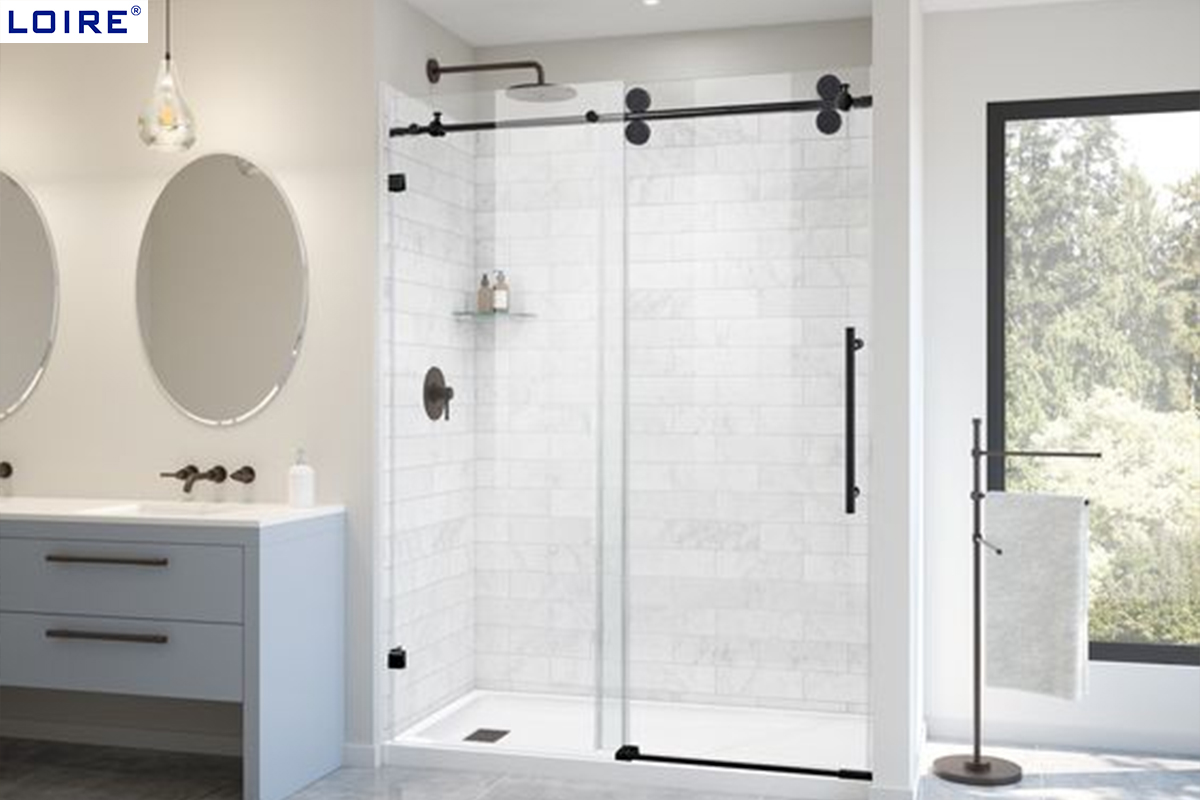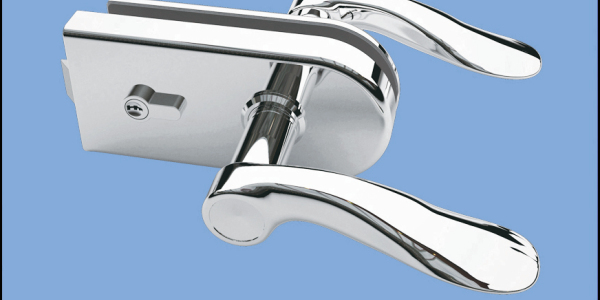Frameless Sliding Glass Door Sizes: What Hardware Do You Really Need?

Frameless sliding glass doors have surged in popularity, embodying the clean, minimalist aesthetic favored in contemporary architecture. Whether used to partition an office, accentuate a living room, or connect an indoor space to the outdoors, their visual lightness and functionality make them a preferred choice. However, elegance alone isn't sufficient—size and hardware compatibility are the linchpins that determine both usability and safety. Ignoring these critical aspects can lead to structural failure or an unsatisfactory user experience.
Understanding Standard and Custom Frameless Sliding Glass Door Sizes
Frameless sliding glass doors typically follow standardized dimensions for convenience and manufacturing efficiency. In residential applications, door panels often range from 36 to 48 inches wide and 80 to 96 inches tall. Commercial installations may use broader or taller panels to accommodate larger openings, sometimes reaching 120 inches in height.
Yet, architectural creativity often demands more than off-the-shelf solutions. Custom sizes enable seamless integration into irregular spaces or uniquely scaled environments. However, custom dimensions necessitate custom-calibrated hardware—underscoring the importance of precise planning from the outset.
Core Hardware Components Required for Frameless Sliding Glass Doors
To function flawlessly, a frameless sliding glass door system relies on a meticulous assembly of hardware components:
Track Systems: The backbone of the sliding mechanism. Ceiling-mounted or wall-mounted tracks must be engineered to bear the door’s weight while maintaining alignment. Tracks are available in single or double-runner configurations, often constructed from extruded aluminum or stainless steel for durability.
Rollers and Hangers: These elements suspend the glass panel and ensure fluid motion. Quality rollers incorporate precision ball bearings and are crafted to resist deformation under continuous load. Soft-closing or self-closing mechanisms are now frequently integrated for safety and convenience.
Stoppers, Guides, and Dampers: Stoppers limit motion at the extremes, while floor guides maintain linear alignment. Dampers absorb closing shock, reducing noise and preventing wear. Each of these ensures a seamless and secure sliding experience.
Glass Thickness and Its Influence on Hardware Selection
The thickness of the glass panel is not merely an aesthetic consideration—it significantly affects hardware choice. Most frameless sliding glass doors use glass that ranges between 8mm to 12mm thick. However, in heavy-duty commercial or large-panel applications, up to 15mm glass may be necessary.
Thicker panels necessitate reinforced tracks and heavy-duty rollers. Additionally, the clamps and fixing hardware must be designed to distribute load without introducing stress fractures. Choosing the wrong hardware for the thickness can lead to operational issues or, worse, structural hazards.
Material and Finish Options for Door Hardware
The selection of materials used in hardware is both functional and stylistic. The most common materials include:
Stainless Steel: Corrosion-resistant and strong, making it ideal for both interior and exterior applications.
Brass: Offers a more classic or high-end visual appeal, but is typically reserved for indoor use due to its patina formation.
Anodized Aluminum: Lightweight and affordable, though less durable than steel under heavy use.
Finish options range from satin and polished chrome to matte black and brushed nickel, providing designers with the flexibility to match or contrast surrounding architectural elements.
Installation Environment and Its Impact on Hardware Needs
Not all environments are created equal, and neither are their hardware requirements. In indoor applications, hardware is typically shielded from the elements, allowing for more finish options and less corrosion concern.
Conversely, outdoor or semi-outdoor environments, such as patios or pool areas, demand marine-grade stainless steel to withstand moisture and temperature fluctuations. Mounting surfaces—whether drywall, concrete, or steel beams—also dictate the type of anchors and brackets required for safe and long-term operation.
Conclusion
Frameless sliding glass doors are the epitome of modern transparency and elegance, but their function relies heavily on a carefully orchestrated suite of hardware components. Selecting the right size is just the beginning—every inch of glass demands an equal measure of engineering foresight. From weight-rated rollers to weather-resistant tracks, the right hardware ensures that what appears simple and sleek is, in fact, structurally sound and enduringly smooth. Balancing beauty with practicality starts with the hardware you choose.






